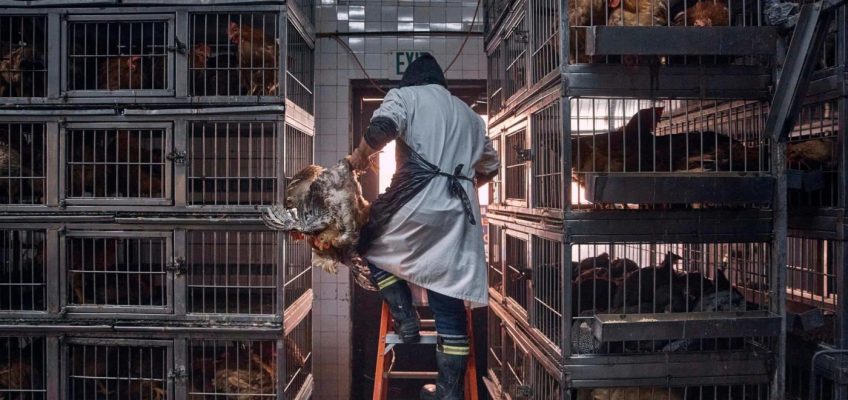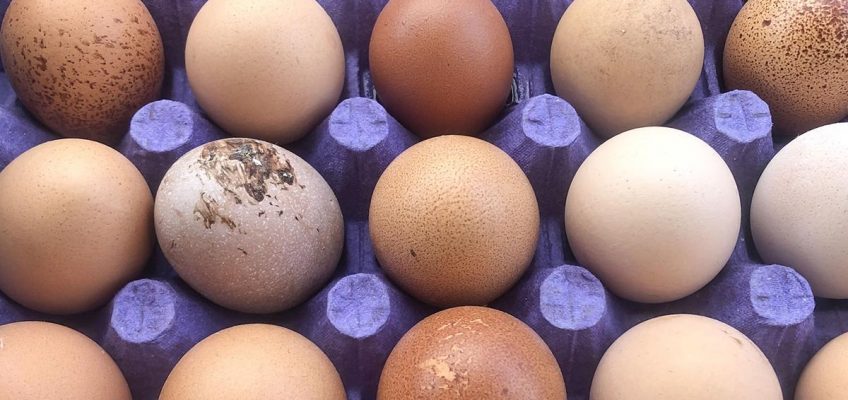By WILL WEISSERT, Associated Press
WASHINGTON (AP) — It’s been a burning political question for weeks: How long will President Donald Trump — who doesn’t like sharing the spotlight — be able to do just that with Elon Musk, a billionaire also overly fond of attention?
In a joint Fox News Channel interview that aired Tuesday, both insisted they like each other a lot and would stick with their arrangement despite what Trump said were attempts by the media to “drive us apart.”
At times, Trump sat back as Fox News Channel’s Sean Hannity heaped praise on Musk in an attempt to counteract a Democratic narrative that he’s a callous and unelected force out to destroy the government and upend civil society through sweeping cuts being imposed by the Department of Government Efficiency.
There were also moments when Trump and Musk were all but finishing each other’s sentences, as if they were part of a buddy comedy and not the president and his most powerful aide.
Here’s a look at how the friendship formed, what it means for them both and why Trump’s history suggests it may not last:
They weren’t always friends
Trump told Hannity that he wasn’t really acquainted with Musk until recently, saying, “I knew him a little bit through the White House originally” but didn’t know him before that.
Musk was born in Pretoria, South Africa, and became a U.S. citizen in 2002. He’s the world’s richest man, with a net worth exceeding $400 billion, according to the Bloomberg Billionaires Index. His vast business holdings include X, Tesla and SpaceX, as well as the satellite internet service provider Starlink.
DOGE notches courtroom wins as Elon Musk crusades to slash federal government
Trump administration orders halt to NYC toll meant to fight traffic and fund mass transit
Jobs cut at the FAA helped support air safety, a union says
Senate GOP budget bill back on track hours after Trump threw it into turmoil
Trump seeks greater control of independent regulators with his new executive order
Musk said he voted for Democrat Joe Biden in 2020 and Democrat Hillary Clinton in 2016. Musk has recently said that Tesla was being unfairly targeted by regulations in its original home state of California. Musk and the company’s headquarters moved to Austin, Texas in 2021, and he increasingly soured on Biden with the then-president’s embrace of unions that clashed frequently with Tesla.
In the past, Musk butted heads with Trump over climate change. They feuded as recently as July 2022 — with Trump calling Musk a “bulls—- artist.” He also suggested then that Musk came to the White House during his first term seeking federal subsidies for “electric cars that don’t drive long enough, driverless cars that crash, or rocketships to nowhere.”
“I could have said, ‘drop to your knees and beg,’ and he would have done it,” Trump previously said on his social media site.
Musk originally backed Ron DeSantis in last year’s Republican presidential primary, even helping the Florida governor launch his White House bid in a glitch-marred presentation on X. But Musk met with Trump at his Florida residence last March and endorsed the then-canidate in July shortly after the first assassination attempt.
“I was going to do it anyway, but that was a precipitating event,” Musk told Hannity.
Musk appeared at his first Trump rally in early October, and his super PAC spent around $200 million to boost the Republican’s campaign. X also amplified messaging — and often disinformation — promoted by Trump and his “Make America Great Again” movement.
The pair spent election night at the president’s Mar-a-Lago club. Less than a week after securing victory, Trump announced that Musk would lead DOGE, the new push to shrink government, alongside former GOP presidential candidate Vivek Ramaswamy, who left the commission by Inauguration Day.
Their relationship is mutually beneficial
Trump has empowered Musk to help him keep a campaign promise and “ shatter the deep state ” by firing scores of federal workers, shrinking or shuttering agencies and slashing the size of government.
“There’s a vast federal bureaucracy that is implacably opposed to the the president,” Musk told Hannity. He added: “What we’re seeing here is the sort of the thrashing of the bureaucracy as we try to restore democracy and the will of the people.”
Tesla and SpaceX have benefited from lucrative government contracts from the Defense Department, NASA and other federal entities, as well as plenty of tax breaks and subsidies over the years. The Trump administration could also take a lot of regulatory heat off Musk, including dismissing crash investigations into Tesla’s partially automated vehicles and a Justice Department criminal probe examining whether Musk and Tesla have overstated their cars’ self-driving capabilities.
Musk nonetheless insisted to Hannity, “I haven’t asked the president for anything, ever.” Trump said the billionaire “won’t be involved” in areas where his government efforts and business concerns overlap — though that seems dubious given that Musk’s team has already begun scrutinizing federal contracts in areas that would seem to present conflict-of-interest concerns.
Trump’s friendships often don’t last
Trump and Musk say they won’t turn on each other. But those once closest to Trump often end up as his fiercest critics.
His former vice president, Mike Pence, said Trump endangered his family in the Jan. 6, 2021, riot at the Capitol and attempted to bully him into violating the Constitution. His former attorney general, Bill Barr, refuted Trump’s falsehoods about widespread fraud in the 2020 election and has since said he “shouldn’t be anywhere near the Oval Office.”
Michael Cohen, Trump’s longtime lawyer who testified against him in a hush money case, told a House committee in 2019: “People that follow Mr. Trump, as I did blindly, are going to suffer the same consequences that I’m suffering.”
More recently, Trump shrugged off potential security risks while ending Secret Service protection for former top officials in his first administration, including former Secretary of State Mike Pompeo and former White House chief of staff John Kelly.
Trump also has shown repeatedly that he doesn’t like being overshadowed, even hinting at such where Musk is concerned. Asked recently about Musk appearing on the cover of Time from behind the Resolute Desk in the Oval Office, Trump quipped, “Is Time Magazine still in business?”
But Trump has also been fiercely loyal to those he perceives as having stood by him.
Former White House adviser Peter Navarro, who served time in prison related to the Jan. 6 attack on the U.S. Capitol, is back helping dictate Trump trade policy. Trump’s valet, Walt Nauta, is working anew at the White House after once being a codefendant with Trump in the classified documents case. Trump has also said he’d offered “about 10 jobs” to his former national security adviser, Mike Flynn, whom he pardoned after Flynn pleaded guilty to lying to the FBI.
Four weeks in, they seem genuinely fond of each other
Throughout the interview, Hannity was friendly and his questions were mostly fawning. But what came through was how complimentary Trump and Musk were of each other — even amid skepticism about how long that’ll last.
“He’s an amazing person,” Trump said of Musk.
“I love the president, I just want to be clear about that,” Musk offered of Trump.
“I feel like I’m interviewing two brothers here,” Hannity finally said.




